What Is Wheat Rust: Learn About Rust Diseases Of Wheat
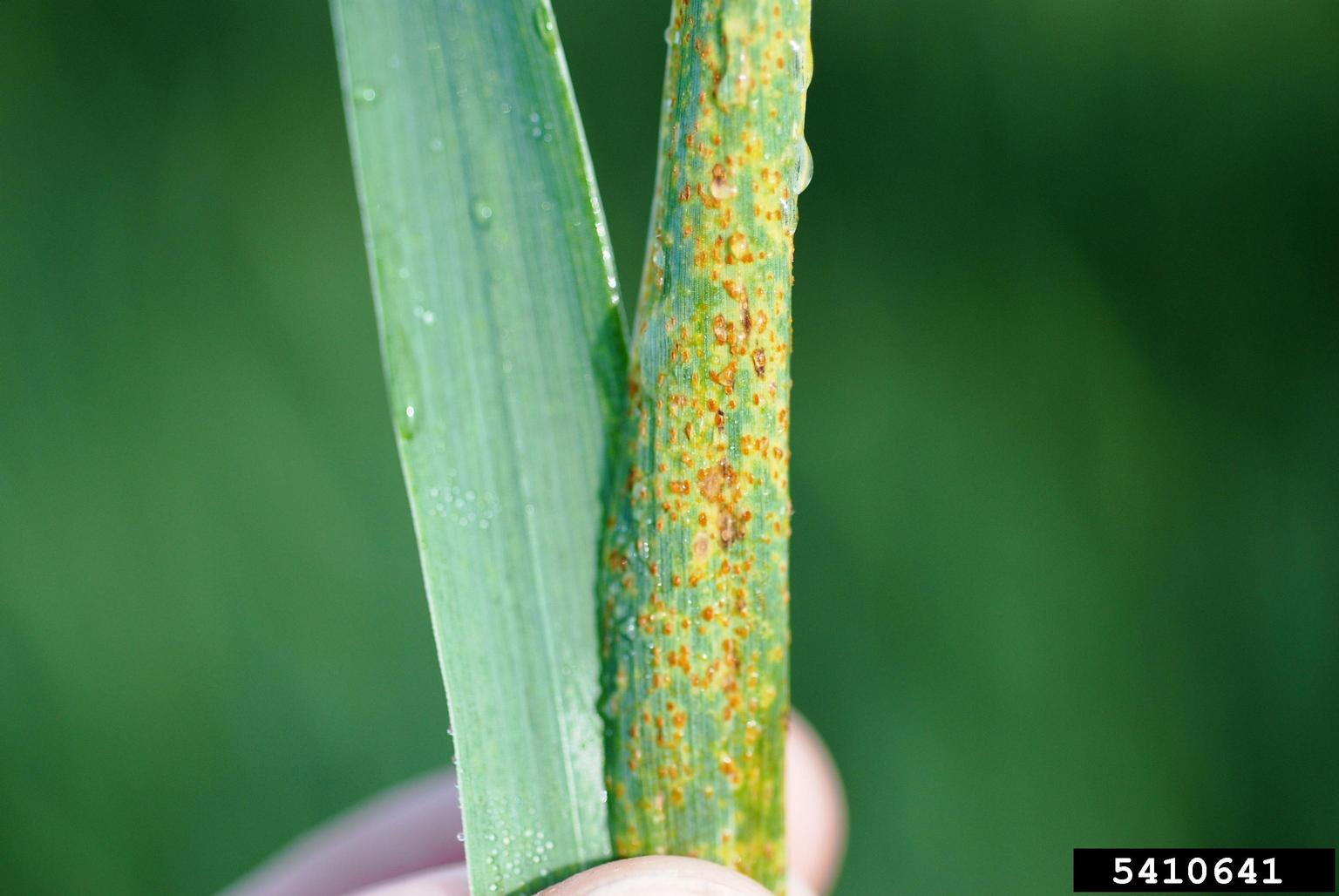

Wheat rust is one of the earliest known plant diseases and it still remains a problem today. Scientific studies offer information that allow us to manage the disease better so that we no longer have worldwide crop losses, but we still have regional crop failures. Use the wheat rust information in this article to help manage your crop.
What is Wheat Rust?
Rust diseases of wheat are caused by a fungus in the genus Puccinia. It can attack any above-ground part of the wheat plant. Small, round, yellow spots form first and later pustules containing the spores appear on the plant. When the pustules release the spores it looks like orange dust and it can come off on your hands and clothes. Wheat rust endures through time because the disease spores are truly remarkable. When the wheat is wet and temperatures are between 65 and 85 degrees F. (18-29 C.), Puccinia spores can successfully infect a plant in less than eight hours. The disease advances to the stage where it spreads to other plants in less than a week. The fungus produces fine, dust-like spores that are so light they can spread over long distances on the wind and they can modify themselves when they encounter resistant varieties.
Treating Rust in Wheat Plants
Treating rust in wheat plants involves the use of expensive fungicides that often aren’t available to small-scale growers. Instead of treatment, control focuses on prevention of wheat rust diseases. This begins with tilling under the remains of the previous year’s crop and making sure that no volunteer plants remain in the field. This helps eliminate the “green bridge,” or carryover from one season to the next. Completely removing traces of a previous crop also helps prevent other wheat crop diseases. Resistant varieties are your main defense against wheat rust. Since the spores are adept at modifying themselves when they meet resistance, contact your Cooperative Extension agent for advice about which varieties to grow. Rotating crops is another important part of rust prevention. Wait at least three years before planting again in the same area.
Gardening tips, videos, info and more delivered right to your inbox!
Sign up for the Gardening Know How newsletter today and receive a free copy of our e-book "How to Grow Delicious Tomatoes".

Jackie Carroll has written over 500 articles for Gardening Know How on a wide range of topics.
-
 Never Plant Seedlings Until They Pass These 3 Simple Tests
Never Plant Seedlings Until They Pass These 3 Simple TestsDon't be over-eager to transplant seedlings into the garden before they are ready. These quick and easy checks will help ensure flourishing plants.
By Mary Ellen Ellis
-
 Grow ‘Karl Rosenfield’ Peony Plants For The Ultimate Frilly Border Beauties And Cut Flowers
Grow ‘Karl Rosenfield’ Peony Plants For The Ultimate Frilly Border Beauties And Cut FlowersFor frilly double magenta peony petals infused with a heady fragrance, grow ‘Karl Rosenfield’ peony plants. Here’s how to cultivate the ultimate plushy blooms
By Tonya Barnett
-
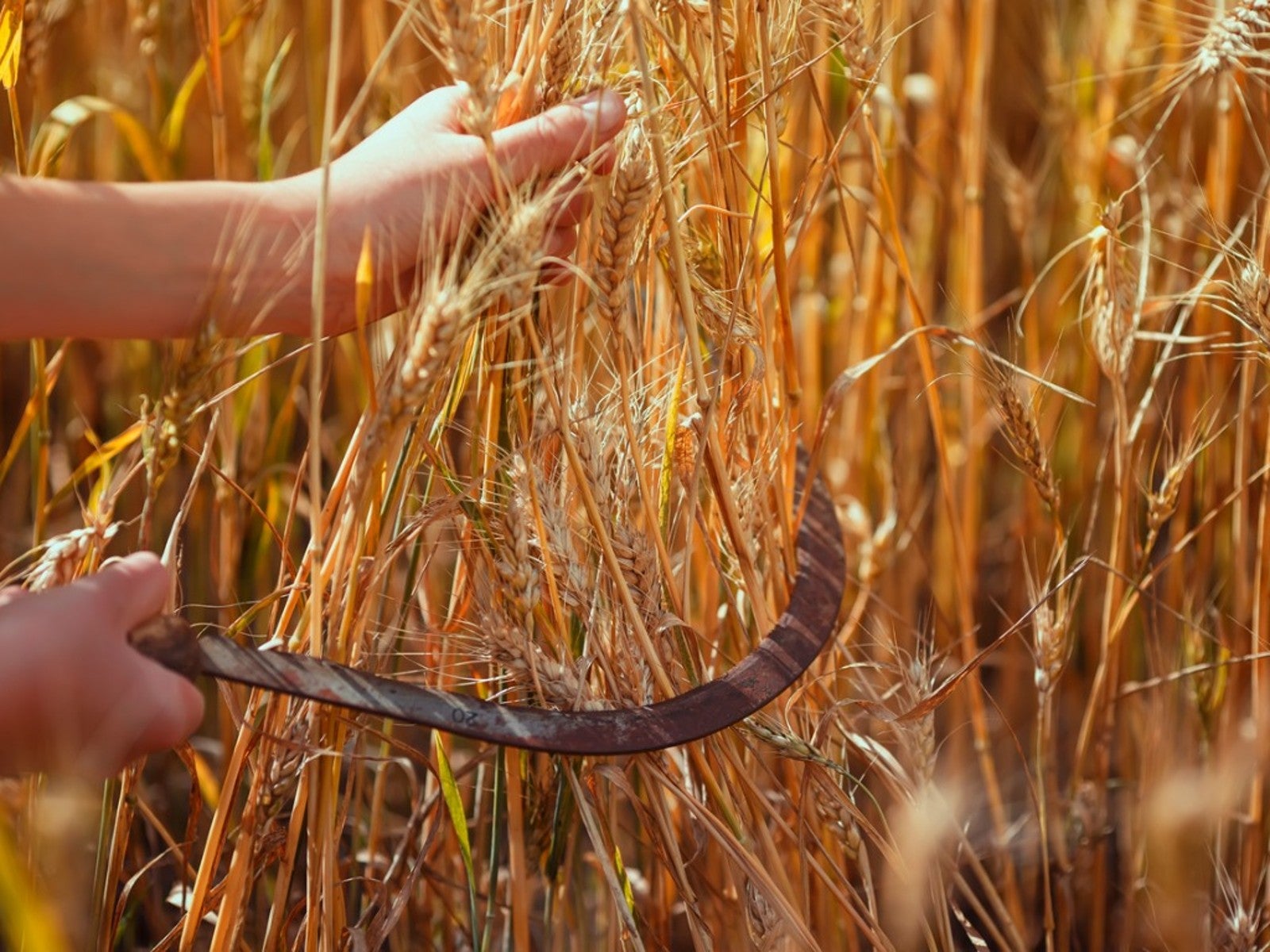 Harvesting Wheat In The Home Garden
Harvesting Wheat In The Home GardenGrowing wheat at home is a fun part of a healthy lifestyle. Learn how to tell if your home grown wheat is ready to harvest, and how to do it.
By Laura Miller
-
 Grow Your Own Pasta: How To Make Semolina Pasta From Durum Wheat
Grow Your Own Pasta: How To Make Semolina Pasta From Durum WheatNoodles have been a staple of the human diet for centuries. The best pasta is made with Durum wheat. Read on to learn how to grow it.
By Bonnie L. Grant
-
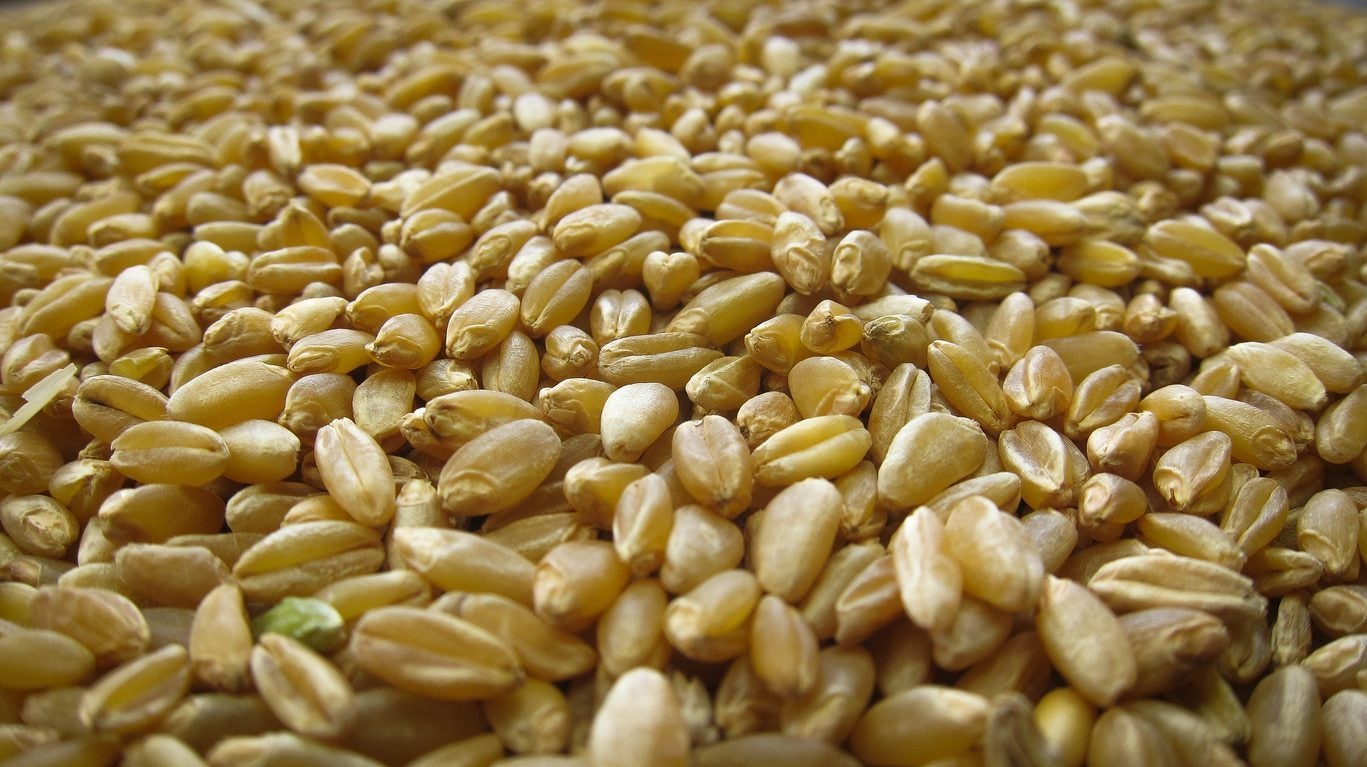 Durum Wheat Information: Tips On Growing Durum Wheat At Home
Durum Wheat Information: Tips On Growing Durum Wheat At HomeUtilizing whole grain wheat is more nutritious, which is why many gardeners are choosing to grow their own. How about growing your own durum wheat, for example? What is durum wheat? Click here to find out how to grow durum wheat and about durum wheat care.
By Amy Grant
-
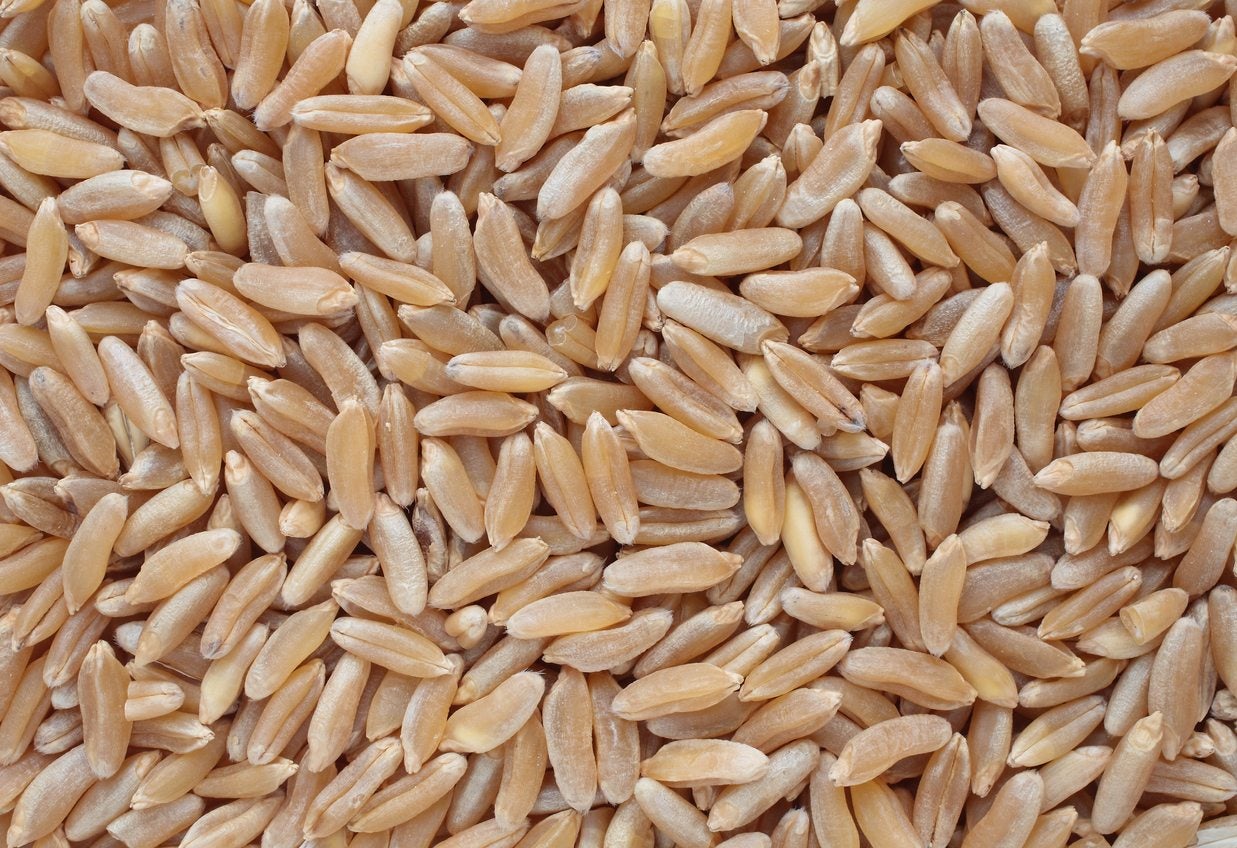 What Is Khorasan Wheat: Where Does Khorasan Wheat Grow
What Is Khorasan Wheat: Where Does Khorasan Wheat GrowAncient grains have become a modern trend and with good reason. These unprocessed whole grains have a slew of healthful benefits. One such grain is called khorasan wheat. What is khorasan wheat and where does khorasan wheat grow? Learn more here.
By Amy Grant
-
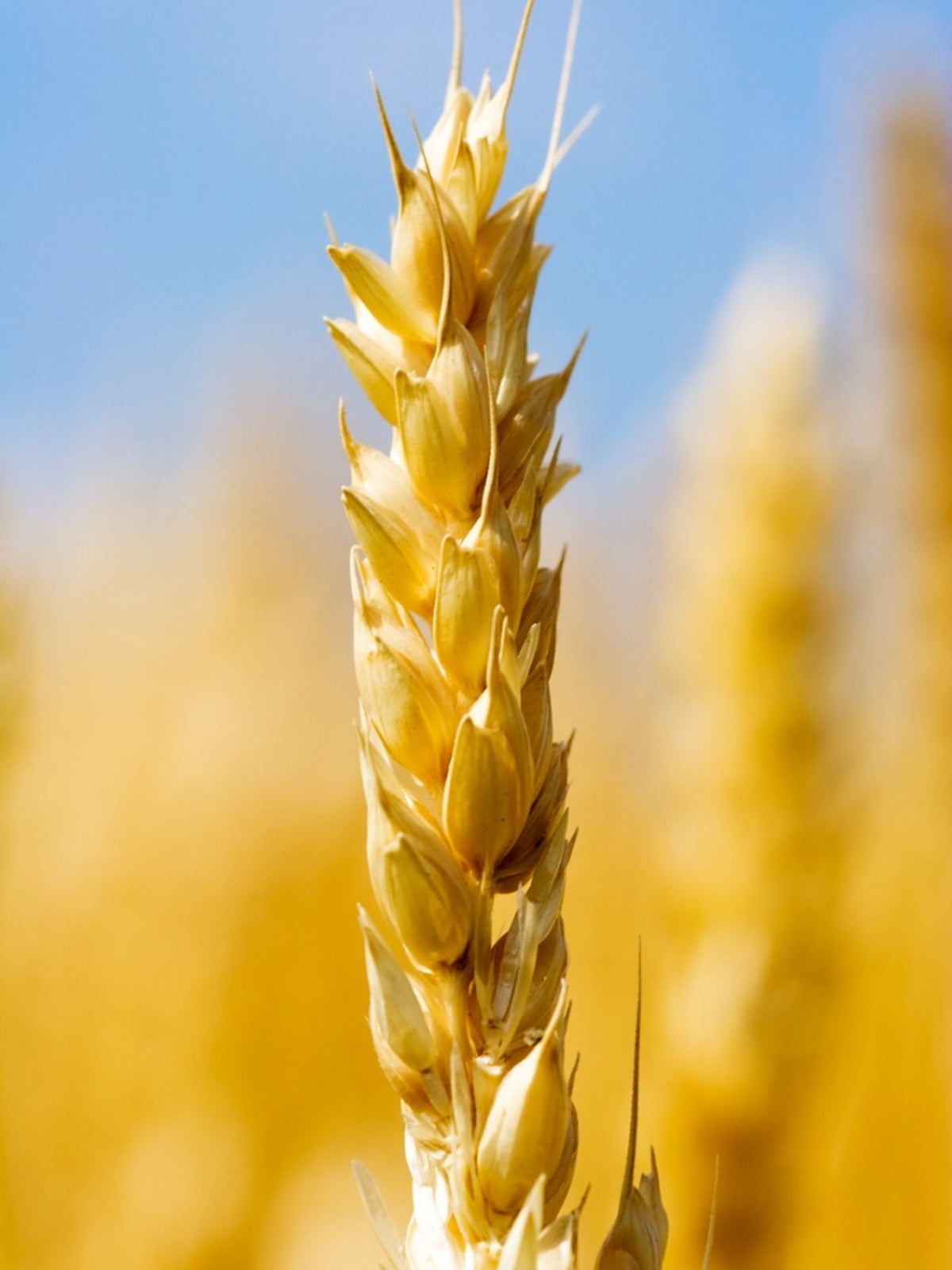 Can I Grow Wheat At Home – Tips For Growing Wheat In Home Gardens
Can I Grow Wheat At Home – Tips For Growing Wheat In Home GardensYou want to eat healthfully and incorporate more grains into your diet. What better way than growing wheat in your home garden? The following wheat growing information will help you learn how to grow wheat in a home garden and caring for backyard wheat grain.
By Amy Grant